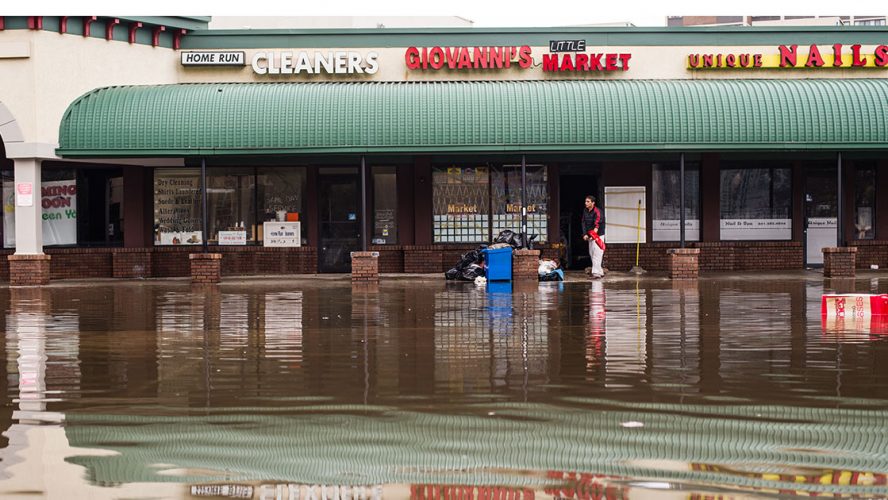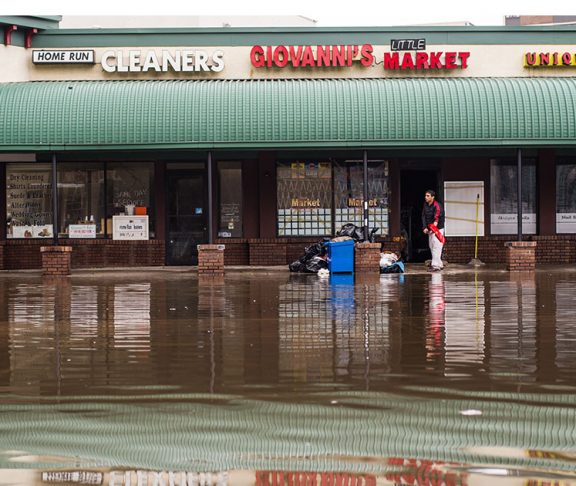Small businesses typically suffer physical damages and lasting economic harm in the aftermath of a disaster. And those losses are further compounded when the surrounding regional economy struggles to rebuild.
Without a strong business continuity plan, many companies lack the economic resilience to reopen quickly after a disaster. Unfortunately, many business owners aren’t prepared to deal with the inevitable loss of profits that can happen when their operations are disrupted by anything from an internal power outage to a large-scale natural disaster.
Even more troubling, over the past four years, states and territories reported a decline in the capacity of communities to establish economic recovery after a disaster. That is a disturbing trend, especially when you consider that small businesses employ nearly half of the U.S. private sector workforce and contribute greatly to our nation’s productivity. When small businesses fail, jobs disappear and rebuilding becomes much more difficult.
The entrepreneur with a solid disaster preparedness plan is more likely to stay in business and reopen sooner, despite any interruption. That means quickly renewing revenue flows and getting employees back on the job.
Here are a few planning tips you can use right now to protect your business from the unexpected:
1. Protect your vital records and data
Losing vital data can cripple a company. Have a plan for protecting computers and critical business data, including implementation of offsite backup and recovery software. Scan and backup hardcopy files for further company data protection and recovery.
2. Determine your greatest risk potential
Look at the building where the business operates and assess the property damage risks.
3. Review your insurance coverage
Contact your agent to find out if your policy is adequate for your needs. Consider business interruption insurance, which compensates you for lost income if you have to close your doors when disaster strikes.
4. Build a crisis communications plan
Ensure that your staff, customers, vendors and contractors know what’s going on. Establish an email alert system. Use social media to keep the public aware you’re still in business and in the process of recovering from the disaster.
5. Prepare your supply chain
Develop relationships with alternative vendors in case your primary contractor isn’t available. Find out if your key suppliers have a business continuity plan. Create a contact list for vendors you plan to use in an emergency.
Being aware of disaster threats is a good start. Planning your next move ahead of time, including learning about disaster assistance, is an important decision for your business and your community. The action you take now to prepare and prevent financial losses while protecting your community will leave a lasting impact on the lives of many.
James Rivera, Associate Administrator, Office of Disaster Assistance, Small Business Administration, [email protected]

